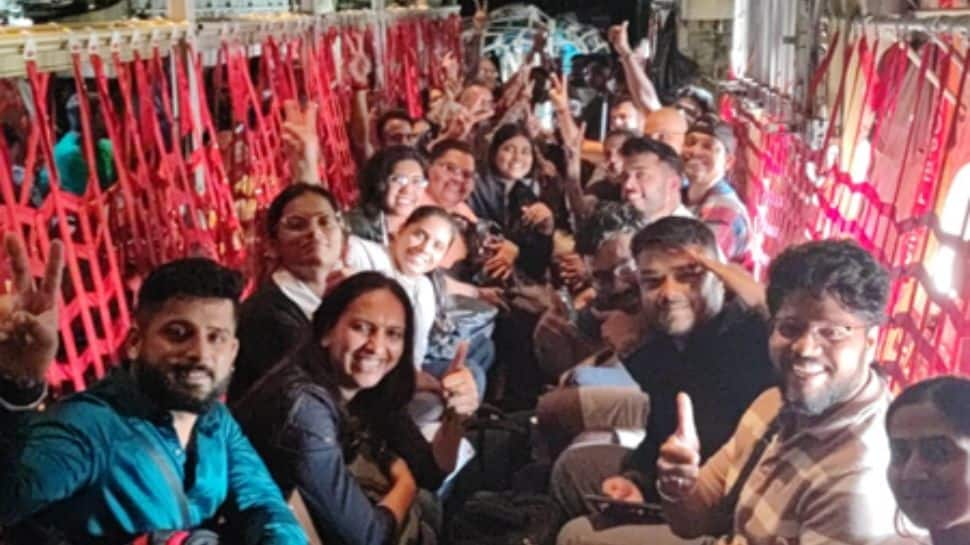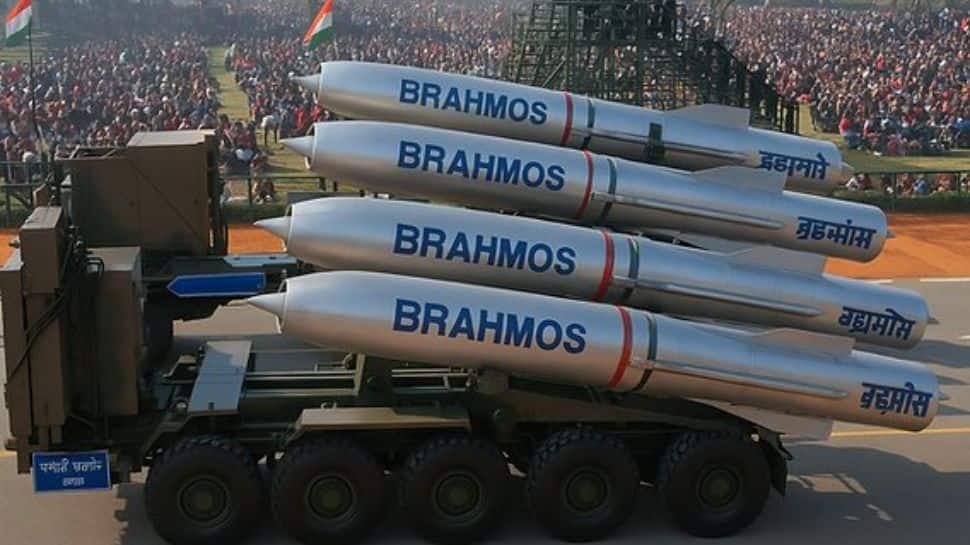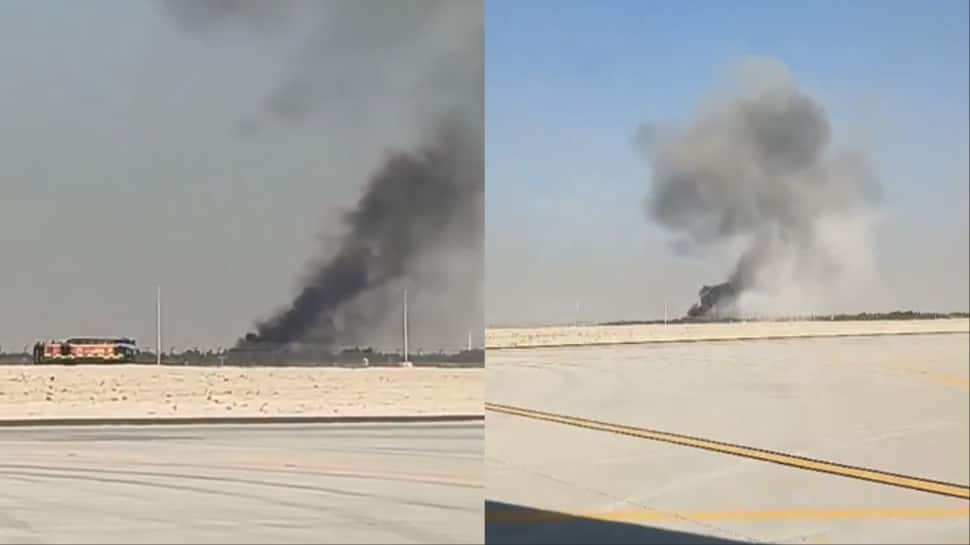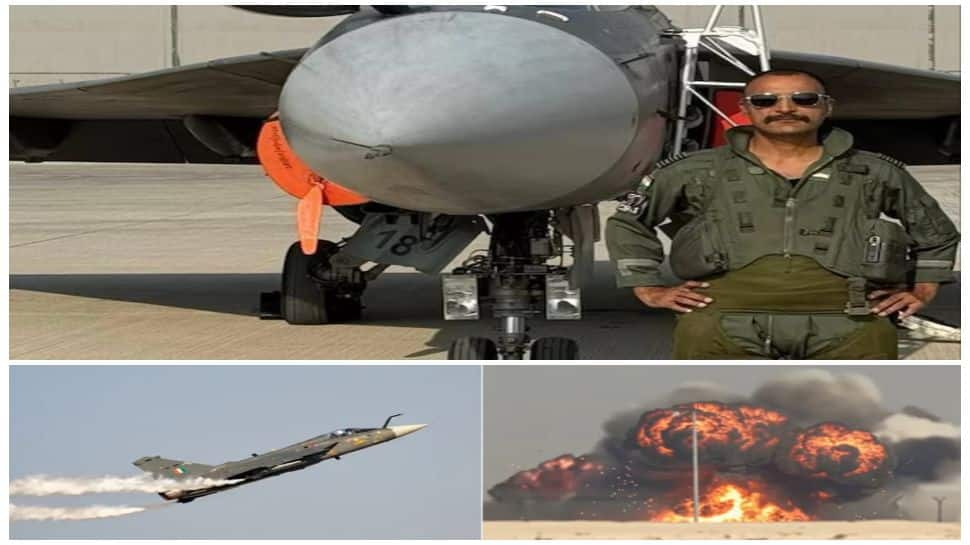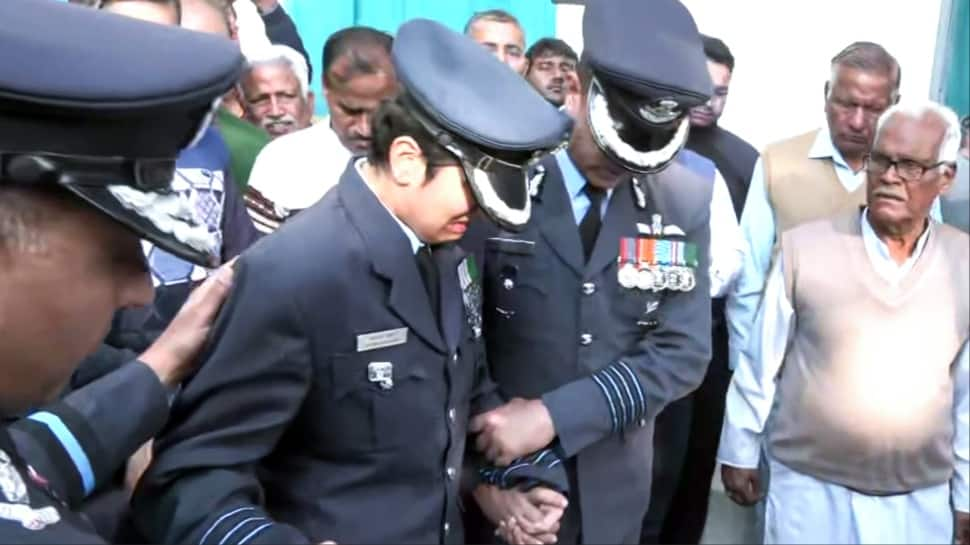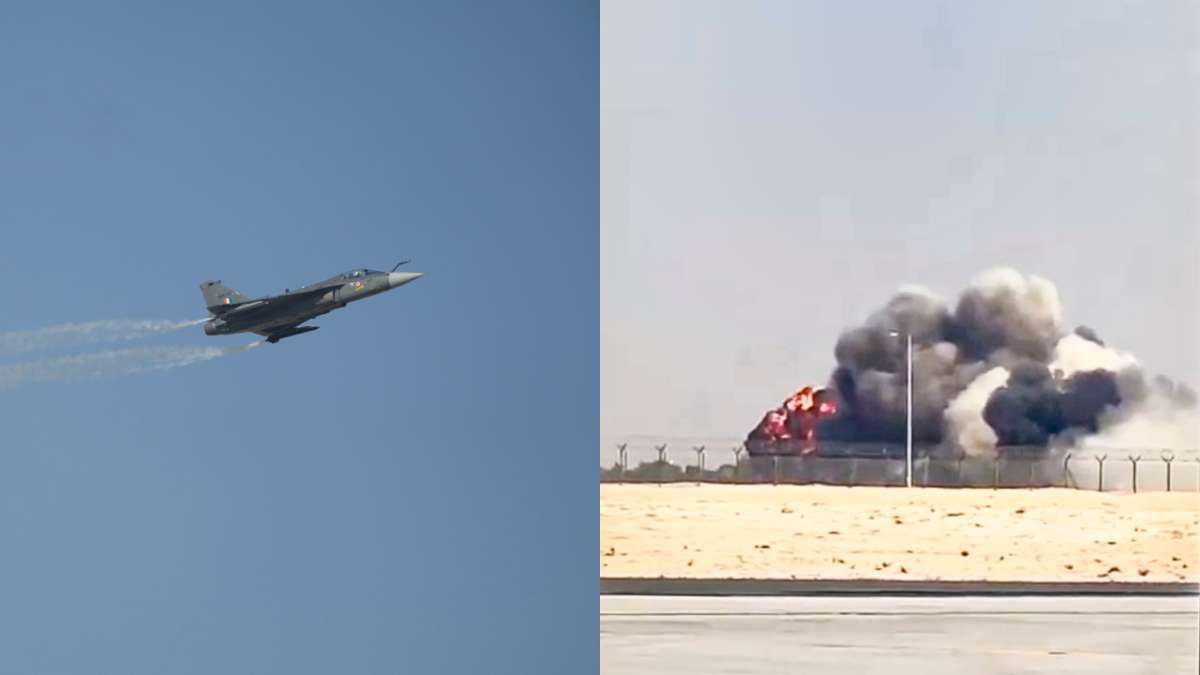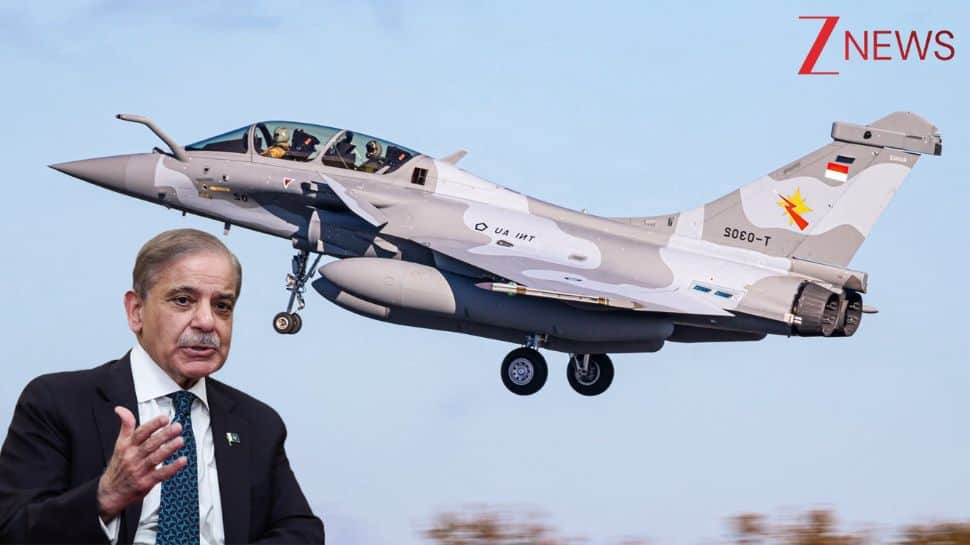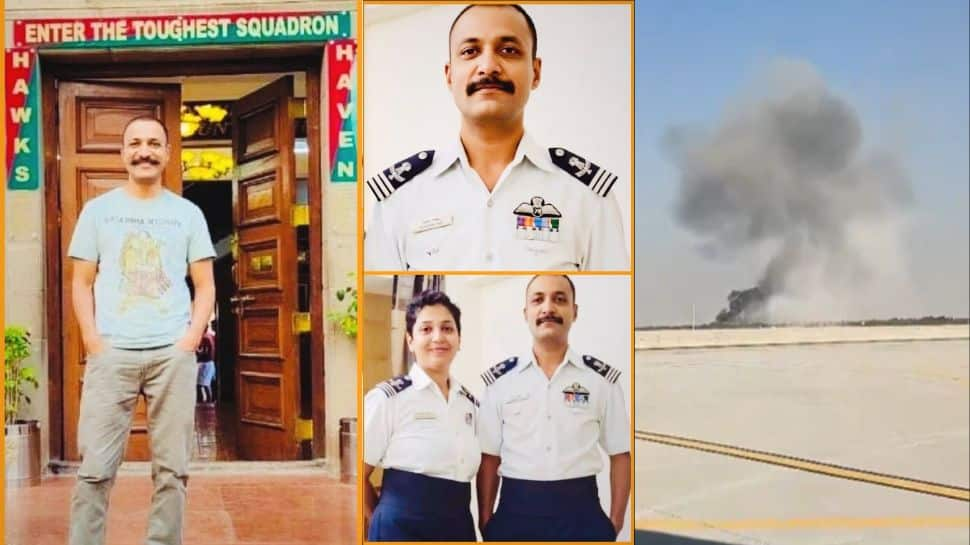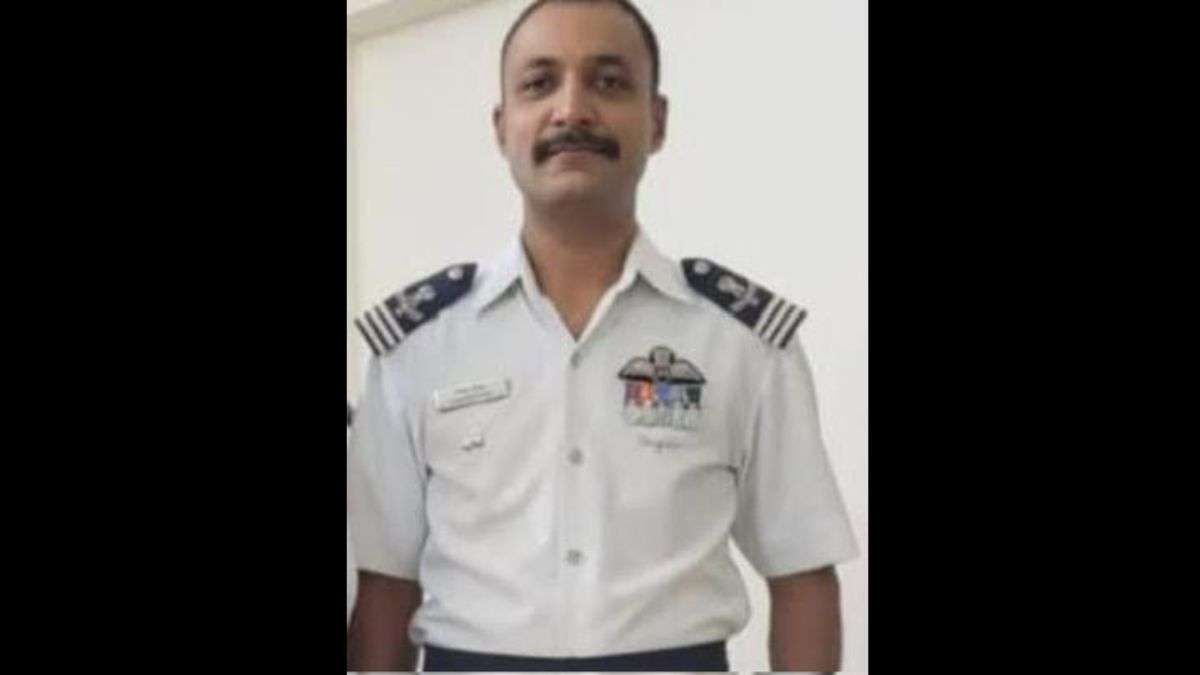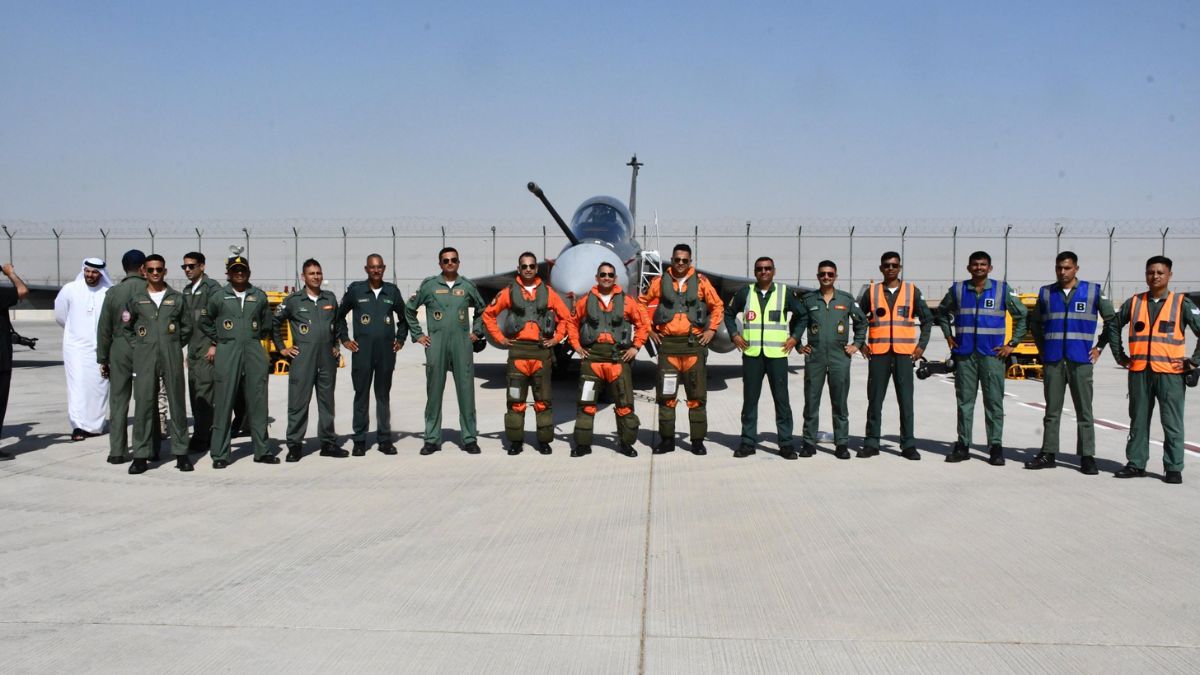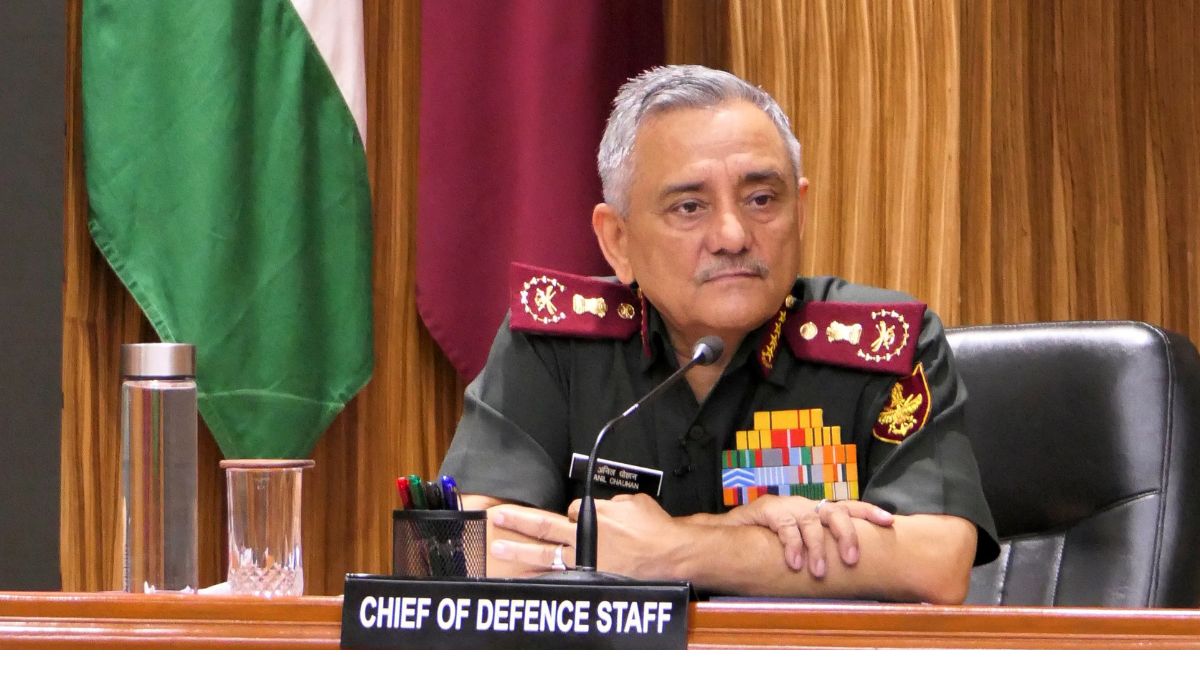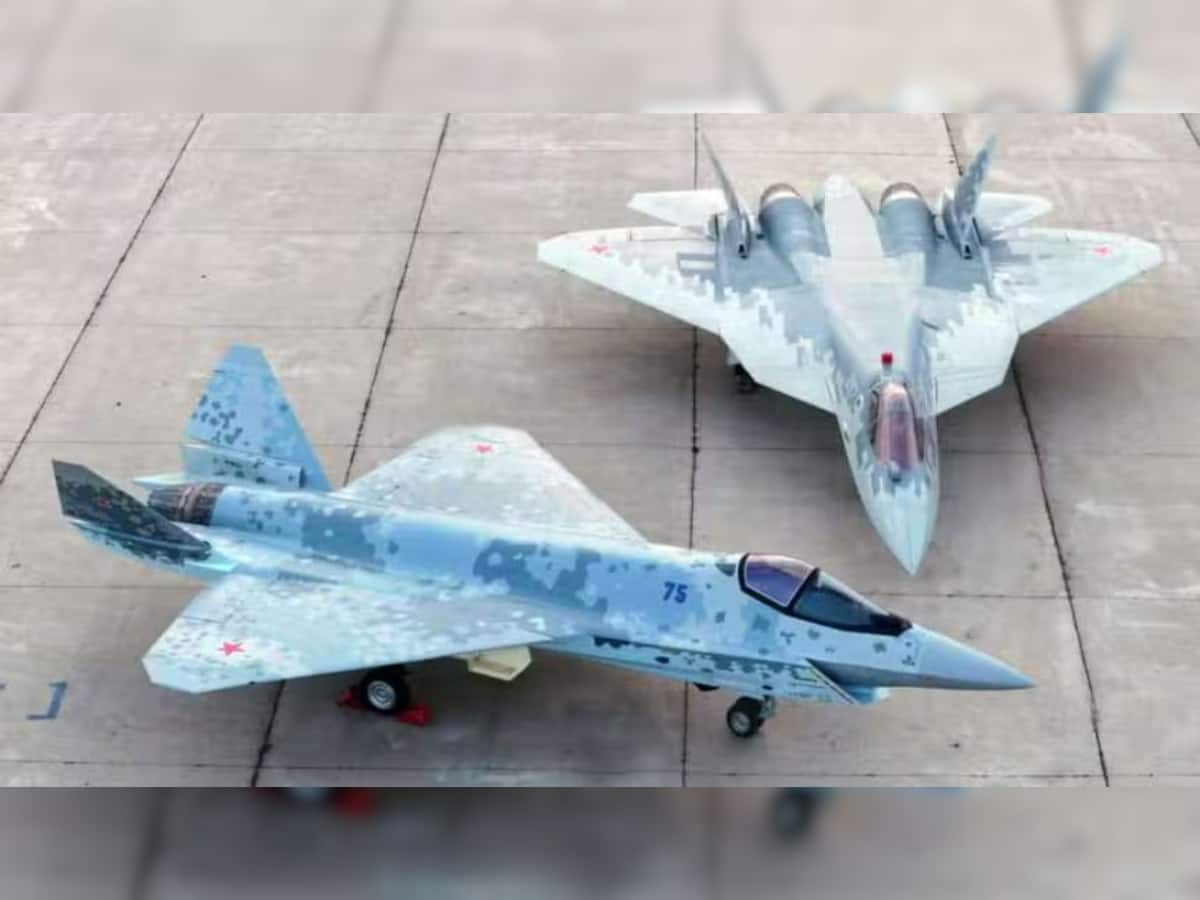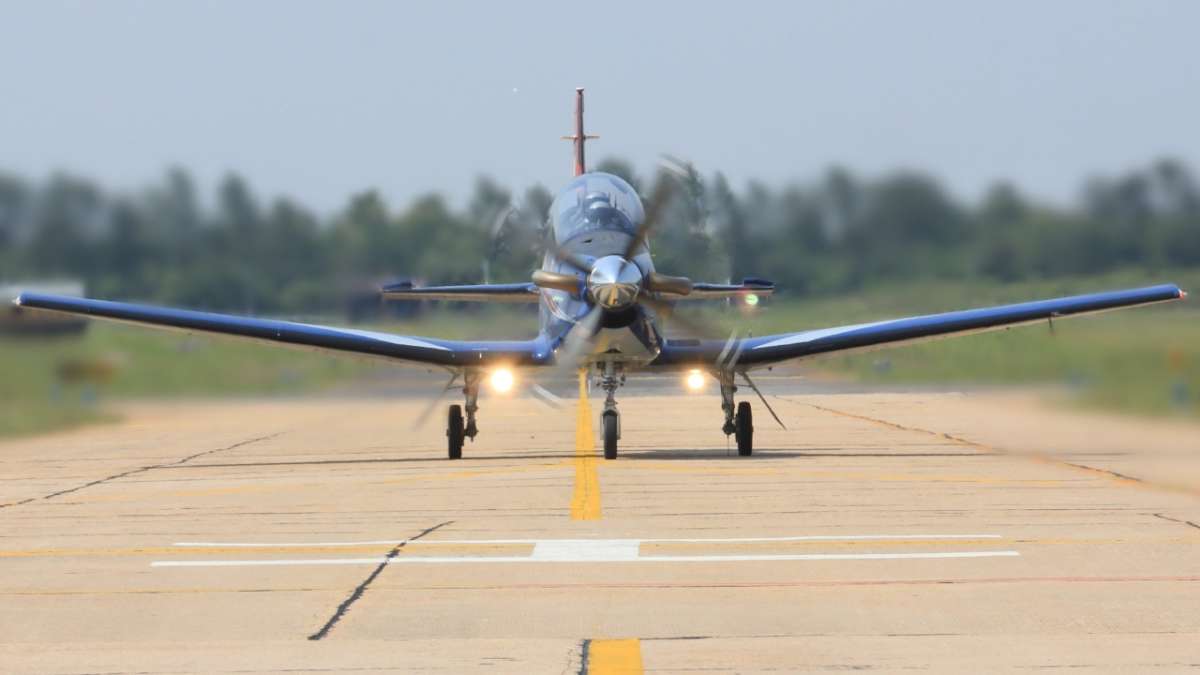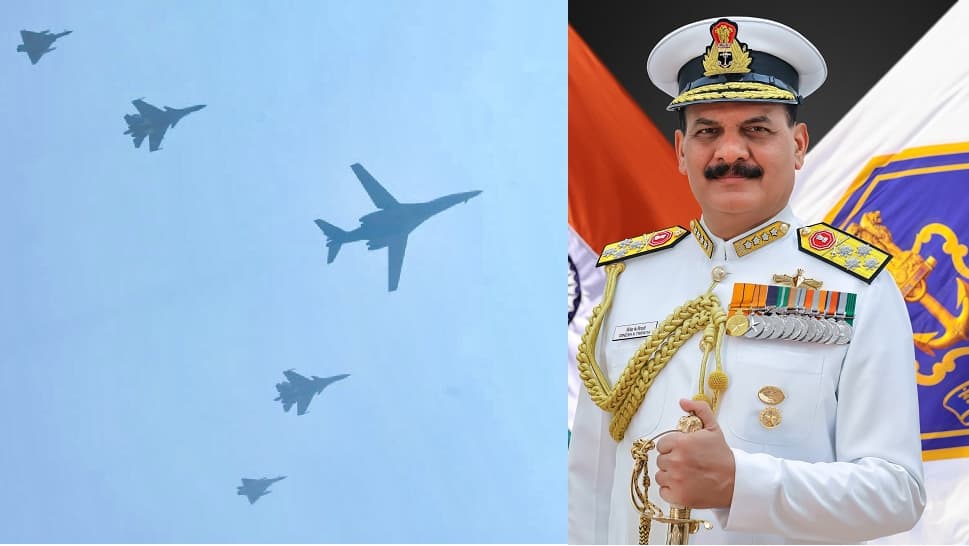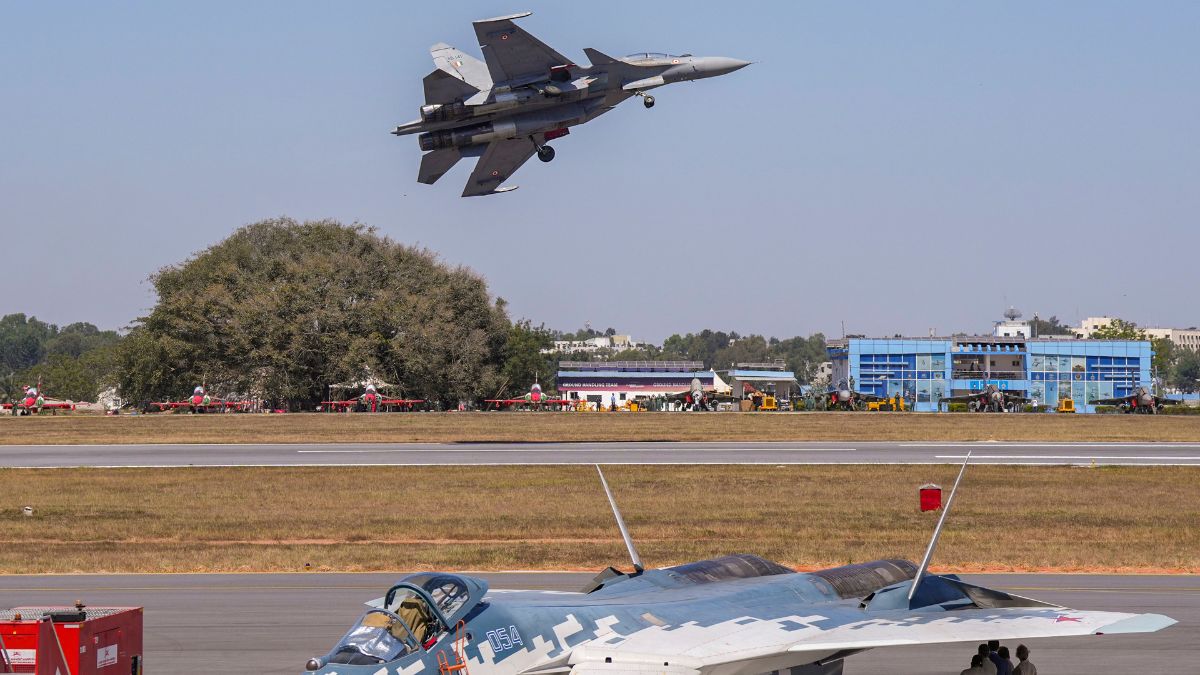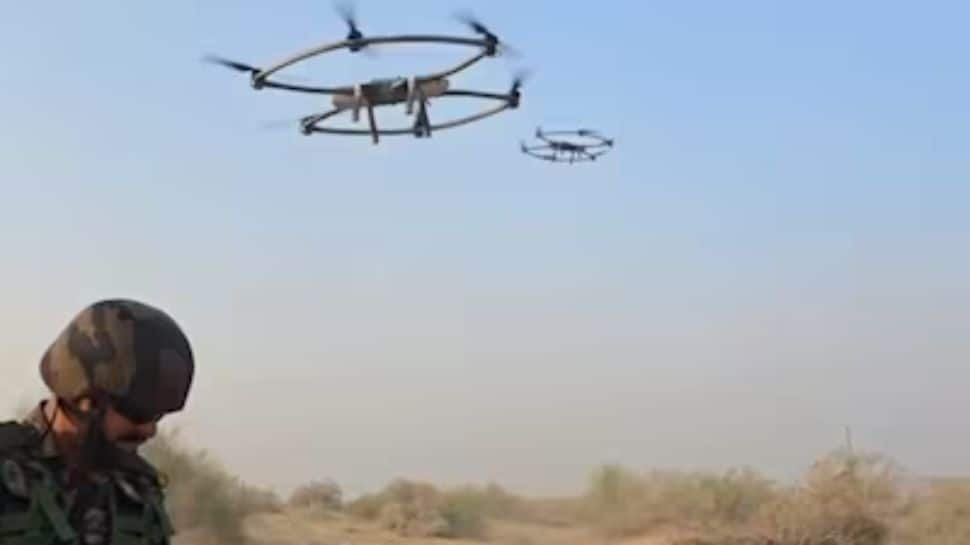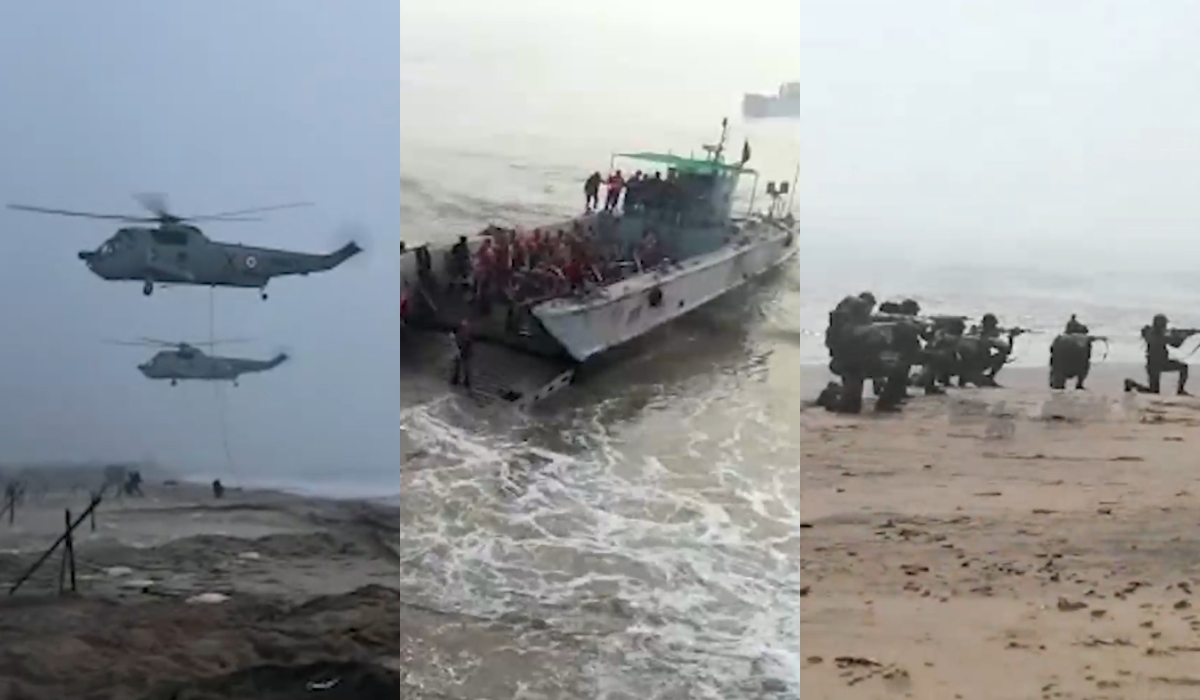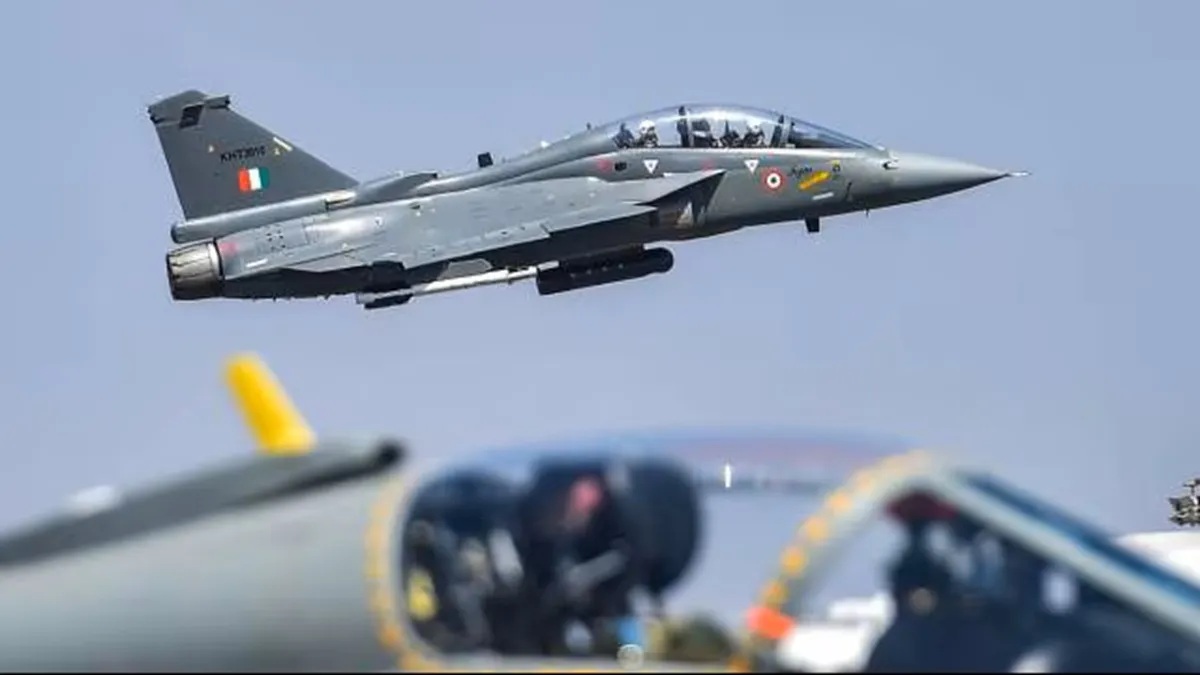Subscribe to Updates
Get the latest creative news from FooBar about art, design and business.
Browsing: Indian Air Force
Wing Commander Afshan Syal tearfully bid a final farewell to her husband, Wing Commander Namansh Syal, who tragically perished in a Tejas…
A US aerobatic pilot has expressed strong disapproval of the Dubai Airshow’s decision to proceed with its flying program following a fatal…
India is mourning the tragic loss of Wing Commander Namansh Syal, a brave pilot who perished when his Tejas aircraft crashed during…
Pakistan’s recent propaganda efforts have been spectacularly dismantled, not by India, but by France itself. The French Navy has issued a strong…
Heartbreaking footage has emerged of Wing Commander Naman Syal, the pilot tragically lost in a Tejas fighter jet crash at the Dubai…
Tragedy struck the Dubai Air Show 2025 on Friday when a Tejas fighter jet crashed, claiming the life of its pilot, Wing…
Tragedy struck the Dubai Air Show 2025 on Friday when an Indian Air Force (IAF) Tejas fighter jet crashed during a demonstration.…
A tragic incident unfolded at the Dubai Air Show 2025 when an Indian Air Force (IAF) Tejas fighter jet crashed during an…
Russia has presented India with a significant defense proposition: two advanced stealth fighter jets, the Su-57 and the developmental Su-75. This offer,…
A routine training mission turned perilous for the Indian Air Force (IAF) on Friday when a PC-7 Pilatus basic trainer aircraft experienced…
In the wake of a significant blast in Delhi, India has heightened its security posture across multiple states, with intelligence agencies conducting…
The Indian Air Force (IAF) is preparing for a significant military exercise in northeast India, scheduled from November 13 to November 20.…
The tri-service military exercise ‘Trishul’ has entered its crucial final phase along India’s western border, demonstrating the growing prowess of indigenous defense…
The skies over South Asia are poised for a significant shift with India’s aggressive advancement in air-to-air missile technology. The Indian Air…
The Indian Navy is spearheading ‘Trishul’, a significant tri-services exercise set to commence in early November 2025. This large-scale operation, involving the…
The Indian Air Force (IAF) is set to conduct significant military exercises across India’s northeastern region, a strategically vital area bordering China,…


